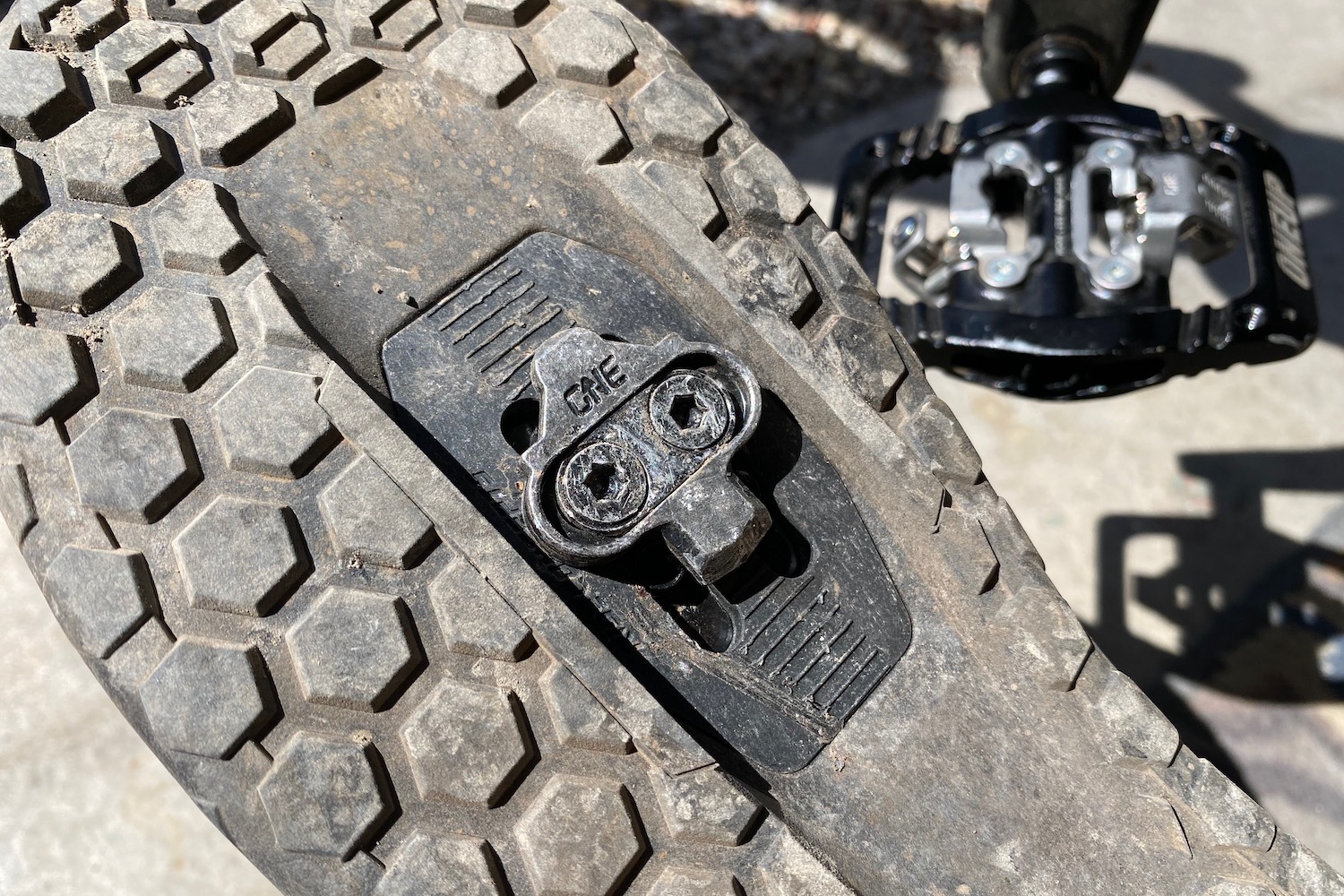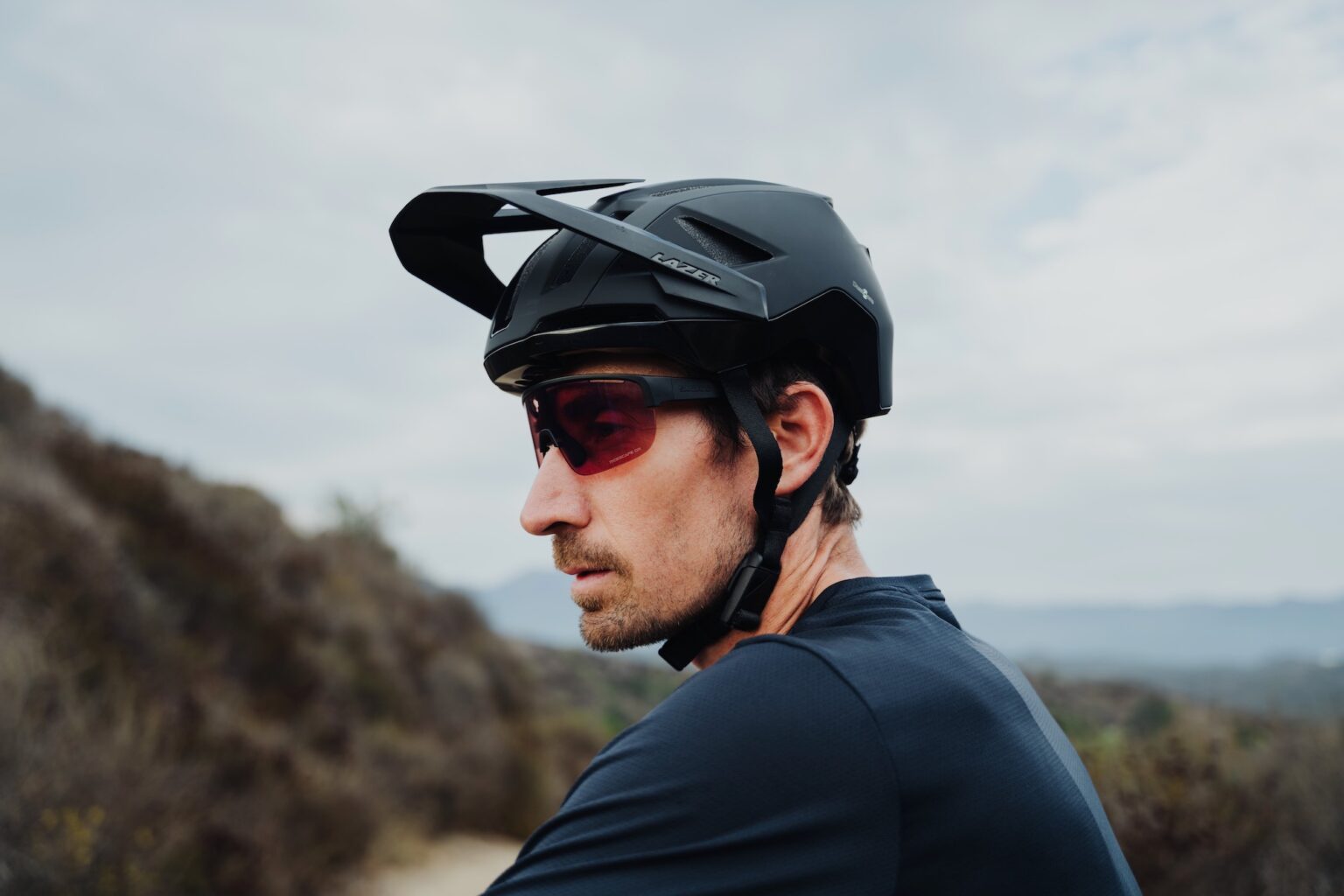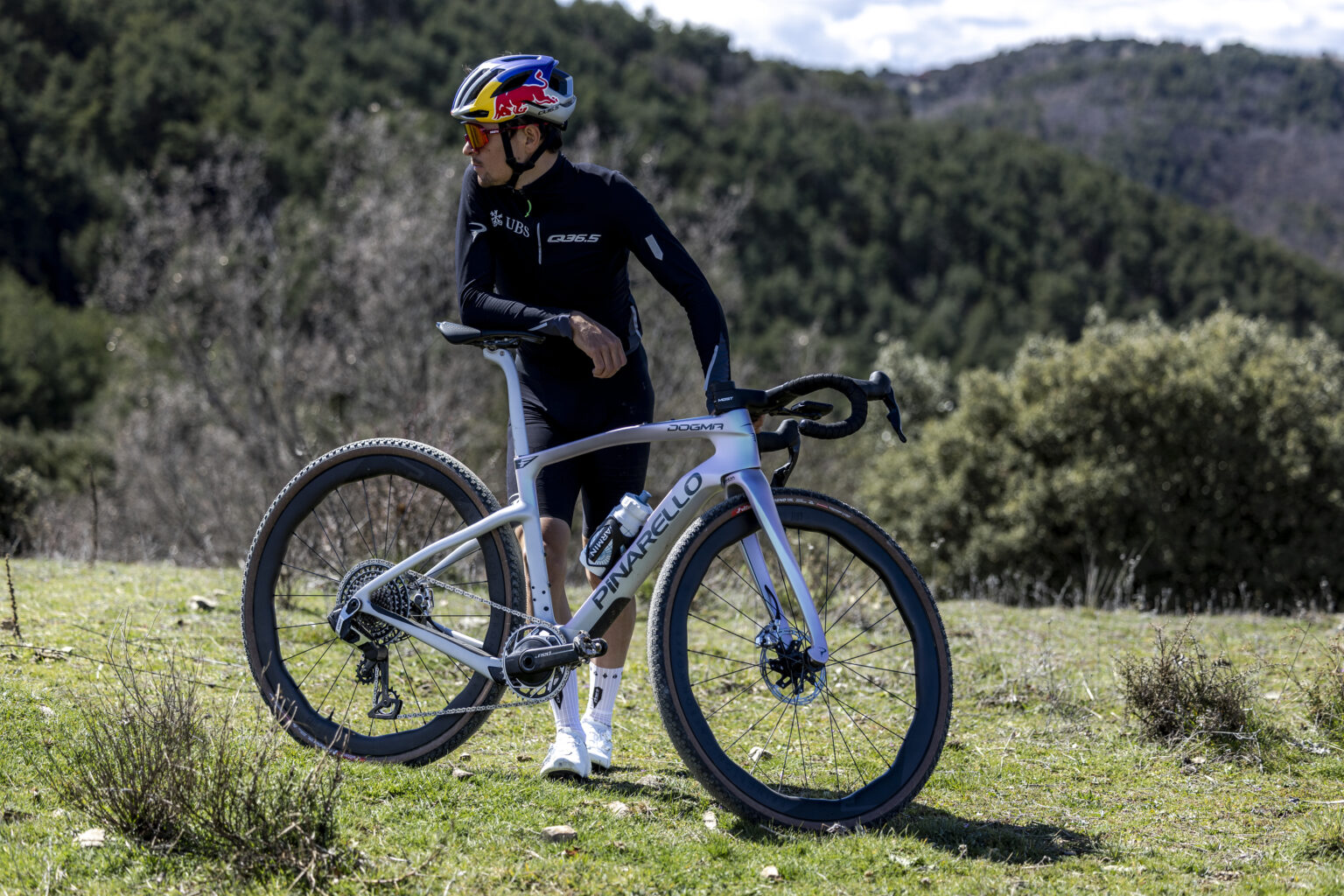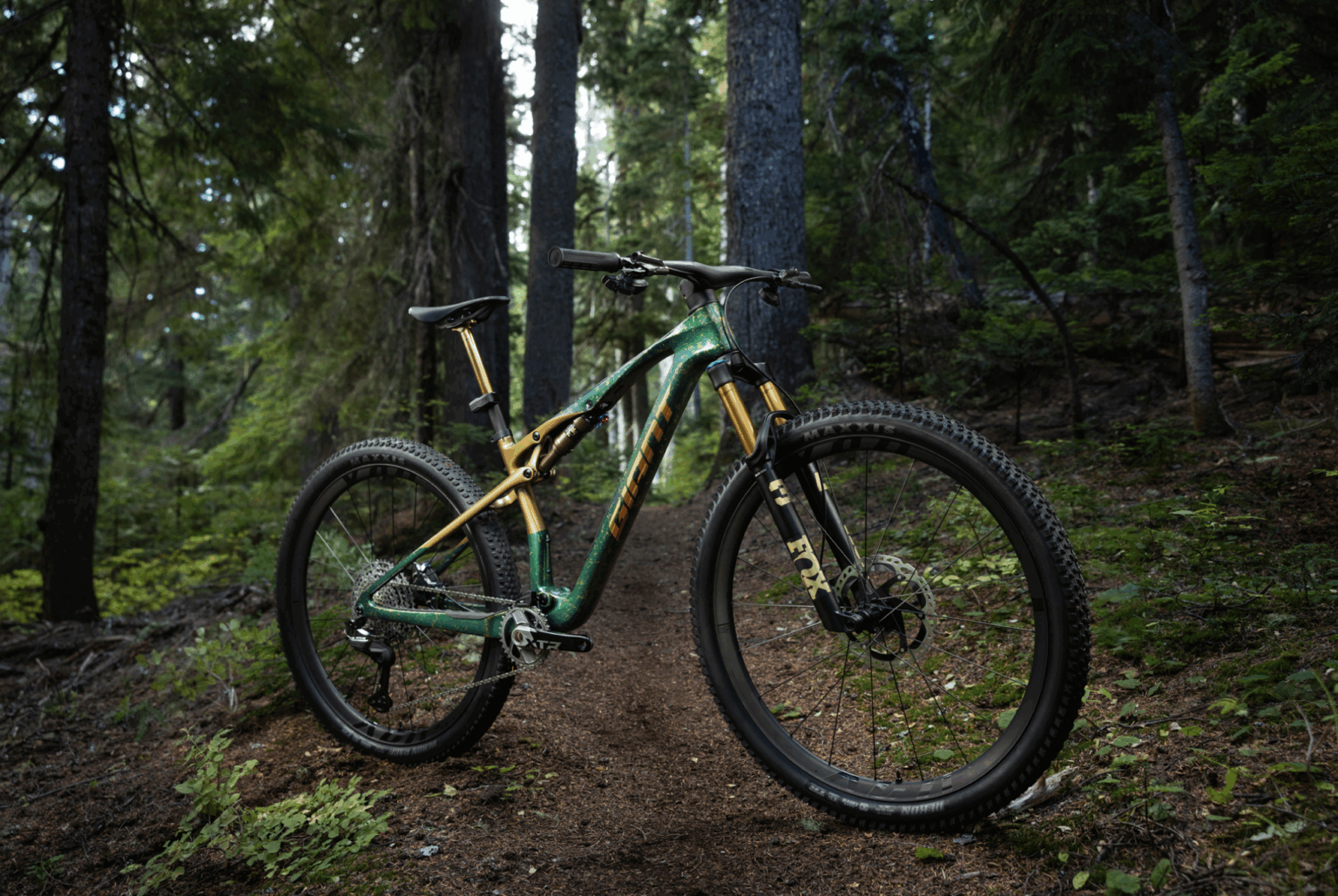PROTECT YOUR DNA WITH QUANTUM TECHNOLOGY
Orgo-Life the new way to the future Advertising by Adpathway
Want to confuse a new rider? Try explaining to them why they need to clip into a ‘clipless’ pedal. It’s high time that we finally retire the term “clipless.” While I am well aware of the origins of the term and respect that it is deeply ingrained in the cycling industry, it is outdated, oxymoronic, and continues to confuse. The irony is that we’re using the term “clipless” to describe a product with a binding mechanism that quite literally clips onto a cleat. By definition, it is, in fact, the opposite of clipless.
Look, I get it. The origins of the term are not lost on me. When I started riding mountain bikes in the early 1990s, I used pedals with toe clips, also known as toe cages. While these contraptions certainly helped to keep my feet from bouncing or sliding off the not-so-grippy pedals of the time, they were terrible to use. Yes, it was better than not having them, but it could be pretty awkward to get your feet in and out of them; they often snagged on things and were pretty easy to break. To be fair, almost everything about riding rigid-framed bikes with 26-inch wheels and old-school geometry was pretty awkward, but it was still super fun because we didn’t know any better and therefore, we didn’t care.
So, while the etymology isn’t lost on me, what is lost on me is the fact that we still continue to use the term today. And I know I’m not alone. In fact, my friend Nolan said to me the other day, “I know you’ve explained it to me, but it still just doesn’t make any sense.” And I couldn’t agree more.
 Zefal is still producing toe clips, as seen by Cory on a Factory Tour earlier this year. (photo/Cory Benson)
Zefal is still producing toe clips, as seen by Cory on a Factory Tour earlier this year. (photo/Cory Benson)A Little History
While some cycling historians trace the origins of clipless pedals back much further, the Cinelli M71, introduced in 1971, is widely considered the first clipless pedal of the modern era. That said, these pedals locked onto the cleat by hand with a lever, and they were used almost exclusively for track racing. Fast forward to the mid-1980s, and Look began making pedals for road cycling that retained and released a cleat, much like a ski binding. With quick entry and release, enhanced pedaling efficiency, and race-winning performances, these newfangled pedals quickly gained acceptance among performance-minded road cyclists.
It wasn’t until the early 1990s that Shimano introduced its SPD cleats and pedals, a design that has remained largely unchanged for the past 35 years (although SPDs just got a significant multi-release update earlier this year). The current Shimano SPD 2-bolt cleats look almost identical to those that I started riding in my teenage years, around 1995 or so. Time Pedals wasn’t far behind, offering a similar pedal connection with a distinctly different design and feel. In the decades that followed, we’ve seen the clipless pedal market expand with more brands and models made for varying riding styles and preferences.
 Ironically, this metal cleat clips into the binding mechanism on a “clipless” pedal. (photo/Jeremy Benson)
Ironically, this metal cleat clips into the binding mechanism on a “clipless” pedal. (photo/Jeremy Benson)But prior to the proliferation of what we now know as clipless pedals, you essentially had two choices: pedals with toe clips (or toe cages) or without. Toe clips were the default for performance-oriented cyclists because they provided the most secure connection to the pedals, along with improved pedaling efficiency. As time progressed and clipless pedals gained acceptance and flat pedals started providing reasonable levels of grip, toe clips basically became obsolete. They slowly but surely went extinct because better options existed.
Of course, it really isn’t that confusing why pedals without toe clips were initially called clipless. That kinda makes sense. But whatever sense it ever made was almost immediately negated by the fact that you literally clip the cleat on your shoe into a binding mechanism on a clipless pedal. Sure, perhaps there was a very short period of time during which the term “clipless” made sense for pedal manufacturers, consumers, and the industry as a whole, but that time has long since passed.
 Out for a ride using some “not clipless” pedals. (photo/Jeremy Benson)
Out for a ride using some “not clipless” pedals. (photo/Jeremy Benson)Not only do you clip a cleat into clipless pedals, but these days, many riders don’t even know what a toe clip is to begin with. In fact, I’m willing to bet that at this point, probably half or more of the riding population has never ridden pedals with toe clips, or even seen them, for that matter. The term isn’t really relatable and, therefore, continues to be a source of confusion to new riders. Why are we using a term that, while perhaps once a valid description, is no longer applicable and is actually contradictory to the mechanical connection to the pedals? It simply doesn’t make sense anymore.
Now, I’m sure there are plenty of purists out there who will happily disagree. I’ve heard these arguments before. It’s always what they’ve been called, and it’s part of the history of the sport. It’s not that hard to explain, and if you want to be a cyclist, then you should just figure it out, right? I understand, change is hard. But all I’m saying is that there shouldn’t be anything about this that’s confusing to anyone. I’m not suggesting we call them “not clipless”; all we really have to do is drop the “less.” Then, maybe every “clipless” pedal review or buyer’s guide won’t need to start with a paragraph-long explanation of the term, as they have for the past couple of decades.
 The OneUp Components Clip Pedal. So brave. (photo/Jeremy Benson)
The OneUp Components Clip Pedal. So brave. (photo/Jeremy Benson) Which is why I’m happy to see that, in recent years, some brands have made a conscious effort to move away from the term “clipless”. Several pedal and shoe brands now specifically refer to these products as “clip” or “clip-in”. In my opinion, both terms are a far more appropriate description of the connection between the cleat and binding mechanism, which is, in fact, the opposite of “clipless.”
One recent example is OneUp Components and its new “Clip Pedals”. Another is the Ride Concepts shoe lineup, with all of its cleat-compatible shoes adding the word “Clip” to the model name. Even Specialized moved away from it a few years back with the 2FO Roost Clip and 2FO DH Clip shoes. Each of these brands has taken the bold step to describe a product by how it works, as opposed to an outdated feature it doesn’t have. What a concept!
Now, industry-wide acceptance of the term “clip” or “clip-in” to refer to “clipless” pedals and shoes isn’t going to change the world, but it might make it a touch less confusing. Does it really matter? Should you even care? Well, no, probably not. There are obviously plenty of other things to worry about, but still, wouldn’t it be nice? I think so.
The post Dear Bike Industry: Can We Finally Stop Using the Term Clipless Yet? appeared first on Bikerumor.


 17 hours ago
1
17 hours ago
1

















 English (US) ·
English (US) ·  French (CA) ·
French (CA) ·